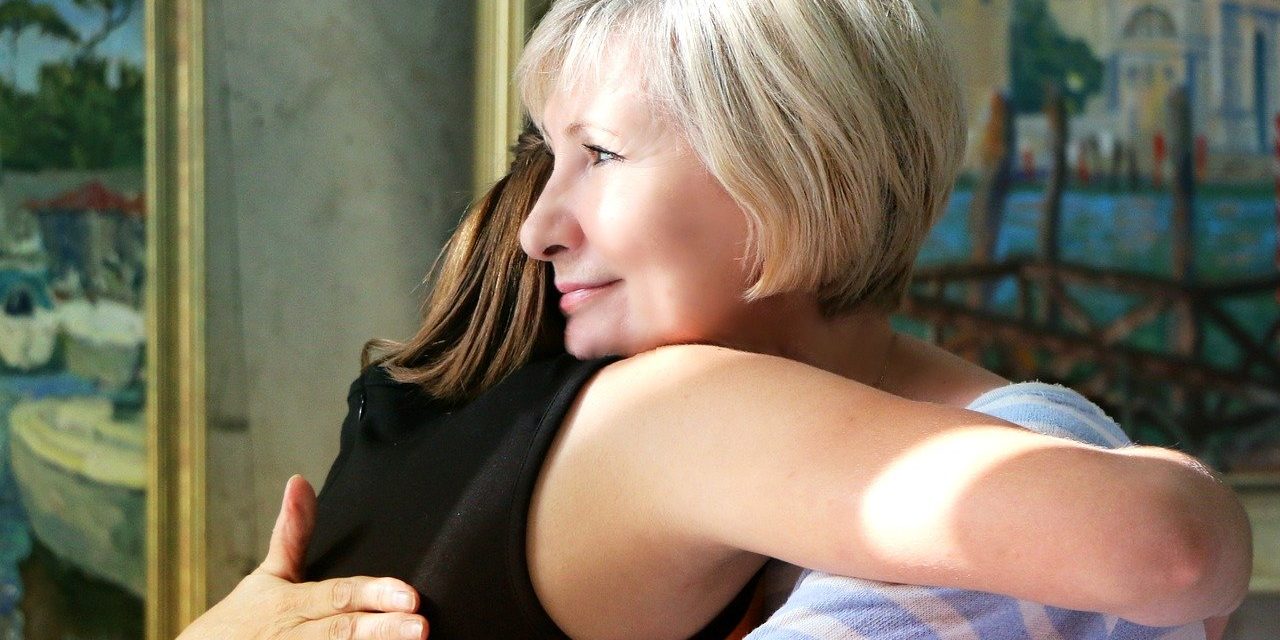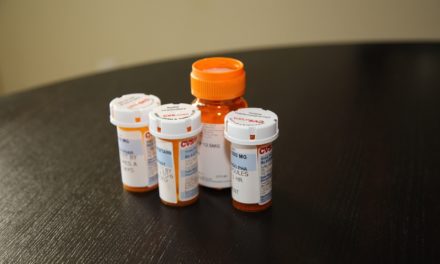COVID-19 robbed us of many things but hugs top the list
Of all the things the coronavirus pandemic has stolen from us, hugs are at the top of list for many, including me. Hugs are my oxygen, A friend of mine once jokingly said to me, “You’re a hug hog,” He nailed it.
The owner of the hair salon I frequent has always greeted me with a huge hug and sends me on my way with another of her signature hugs, Not these days. Oh, how I miss those. My personal hairstylist is also a hugger.
The CEO of the digital marketing company I use stands taller than me and has chiseled arms that lend themselves well to bear hugs. Haven’t had one since February.
The first time I met Mayor Geoff Kors was at a local coffee shop. He arrived before me. When I arrived, he stood up with outstretched arms and said, “I am a hugger.” It was a welcome ice breaker.
I welcome the side hug from my pastor. The list goes on.
I long for the days when some of these hugs return.
 The CDC says social distancing — staying at least 6 feet from people not in your household — is the best way to avoid being exposed to the coronavirus and make it less likely for you to get COVID-19. So not surprisingly, in a poll done in late May by Morning Consult and Politico, 2,000 Americans and 18 public health experts ranked hugging someone outside your household as a risk of just under 7 — on a scale of 1 to 10.
The CDC says social distancing — staying at least 6 feet from people not in your household — is the best way to avoid being exposed to the coronavirus and make it less likely for you to get COVID-19. So not surprisingly, in a poll done in late May by Morning Consult and Politico, 2,000 Americans and 18 public health experts ranked hugging someone outside your household as a risk of just under 7 — on a scale of 1 to 10.
Understanding the reason why we can’t hug and touch those we love during this pandemic is one thing. Dealing with the effects of that are still proving very difficult for many. Some say we’re having “skin hunger.” Others refer to it as hug deprivation or touch starvation.
“It is normal to struggle with the loss of touch,” Devita Streva, a licensed social worker and a psychotherapist in the mental health field for 30 years who works as psychosocial oncology therapist at the Ohio State University Comprehensive Cancer Center in Columbus, told WebMD. “Touch is a legitimate physical and emotional need. It’s part of the human experience, and losing that and not knowing when you will get it back is hard.”
Even as more communities reopen, touching is still the final frontier for many. Experts say not knowing when it will be safe to hug, touch, and comfortably interact with others without concern adds to the sense of skin hunger or touch deprivation many are feeling. Some public health experts have said they don’t think we’ll ever return to certain habits like shaking hands. For many — including those who are older, considered high-risk for COVID-19, or who love people who are especially vulnerable to the virus — it’s especially hard because the prospect of hugging loved ones again feels very far off.
“Many patients are expressing profound sadness about this and saying how isolated they feel,” Valentina Ogaryan, PhD, a licensed clinical psychologist at UCLA Health in Los Angeles told WebMD. “Those who are older and don’t live with a lot of family members say they even miss the more minor and nuanced encounters that used to bring a touch here and there, like a handshake, smile, or pat on the hand or back from a neighbor or someone at the grocery store.”
While we all vary in terms of what kind of touch we need, studies have long shown that expressions of affection — whether you give or receive them — have real and measurable health and wellness impacts on our physical and mental health. A variety of touches — from hugs to handshakes, a pat on the arm, back or head, kisses on the cheek, or hand-holding can:
- Calm the nervous system
- Boost the immune system
- Activate oxytocin, sometimes called the cuddle hormone, that’s critical for bonding, especially between a mother and child at birth. Research shows oxytocin also affects our general well-being, induces calm, and enhances relationships.
- Reduce the stress hormone cortisol
- Lessen pain, improve healing, and lower blood pressure and heart rate
- Improve mood and reduce stress, anxiety, depression, sleep disturbances, loneliness, isolation, and more
“We understand touch as essential. It’s a universal need and natural method of communicating joy and intimacy,” Ogaryan told WebMD. “Touch is powerful on so many levels. For many people, it is a source of healing relief. For others, it’s an attempt to comfort.”
A Canadian woman was so desperate to hug her mother during quarantine that she created a “hug glove” using a clear tarp with sleeves so the women could hug through the plastic. A video of two young cousins in Kentucky hugging and weeping after weeks apart in quarantine was shared thousands of times.
Not only do we miss hugs, we need them.
Image Sources
- Children and hugs: Pixaby
- Hugs: Pixaby






![Enrolling Now, Rewarding Careers Ahead [Sponsored]](https://ukenreport.com/wp-content/uploads/2024/04/COD_heroes_1-1385-2-440x264.jpg)

